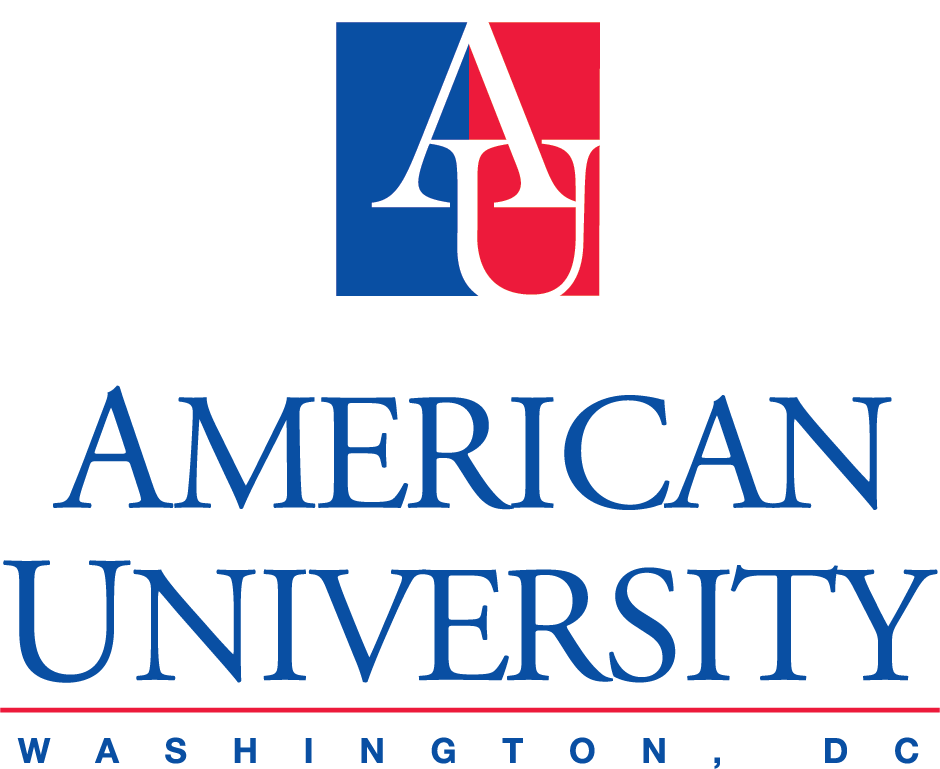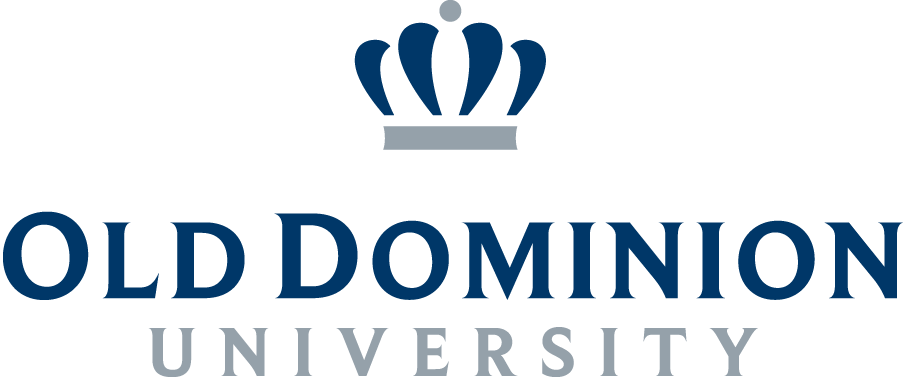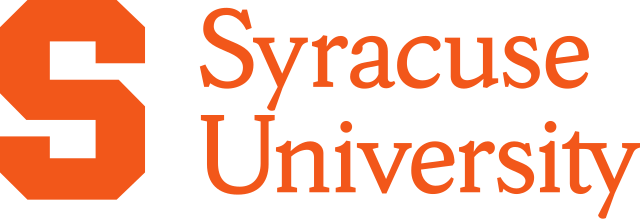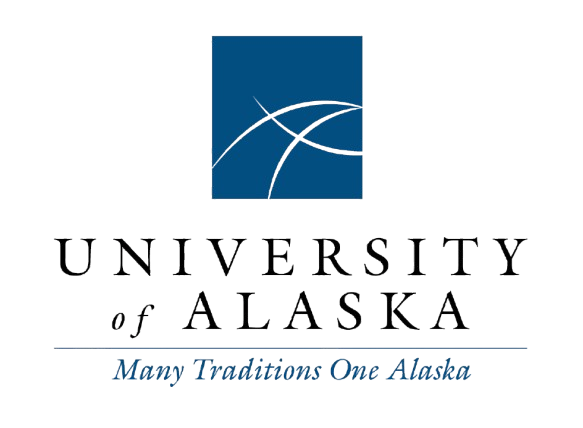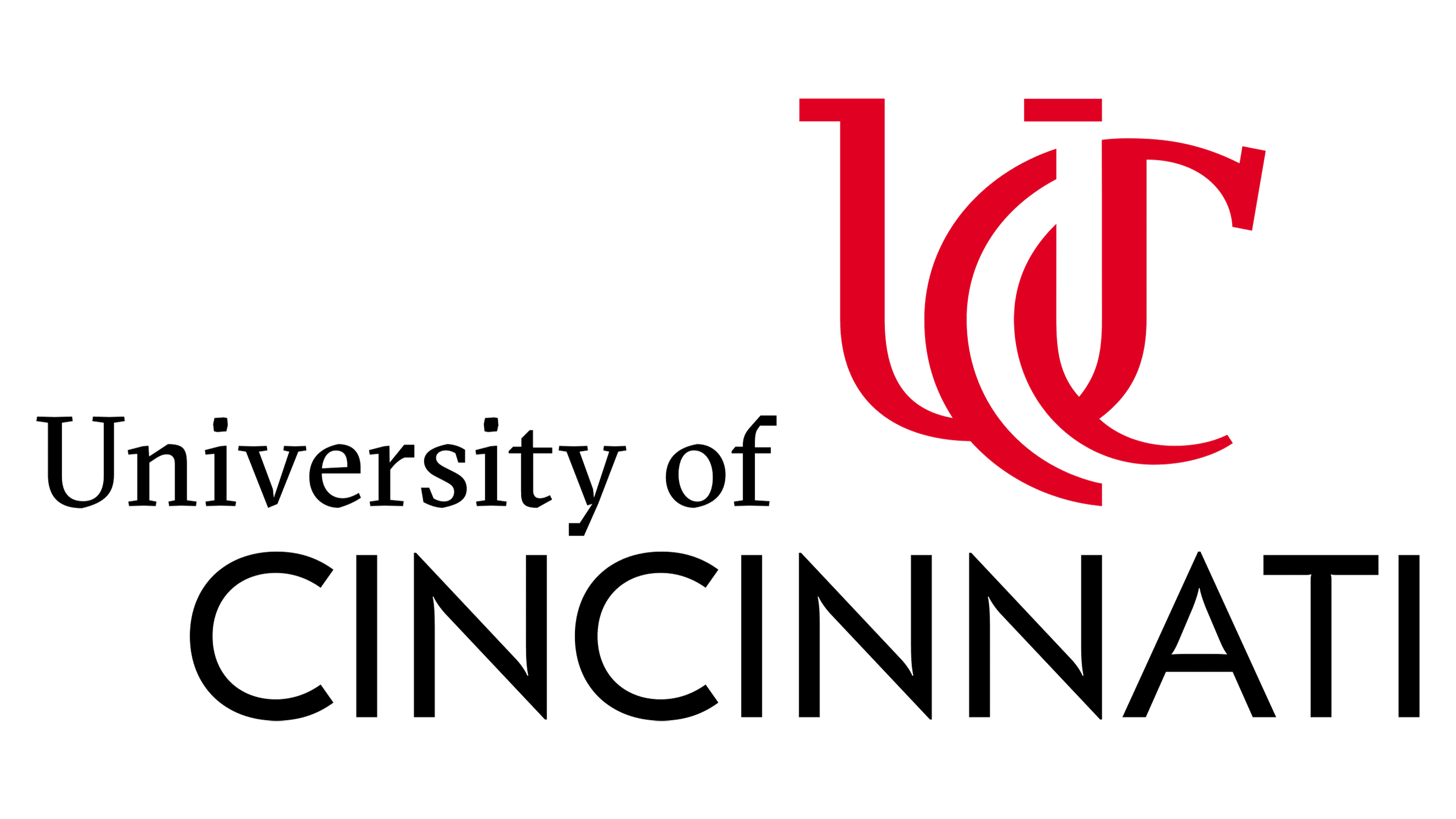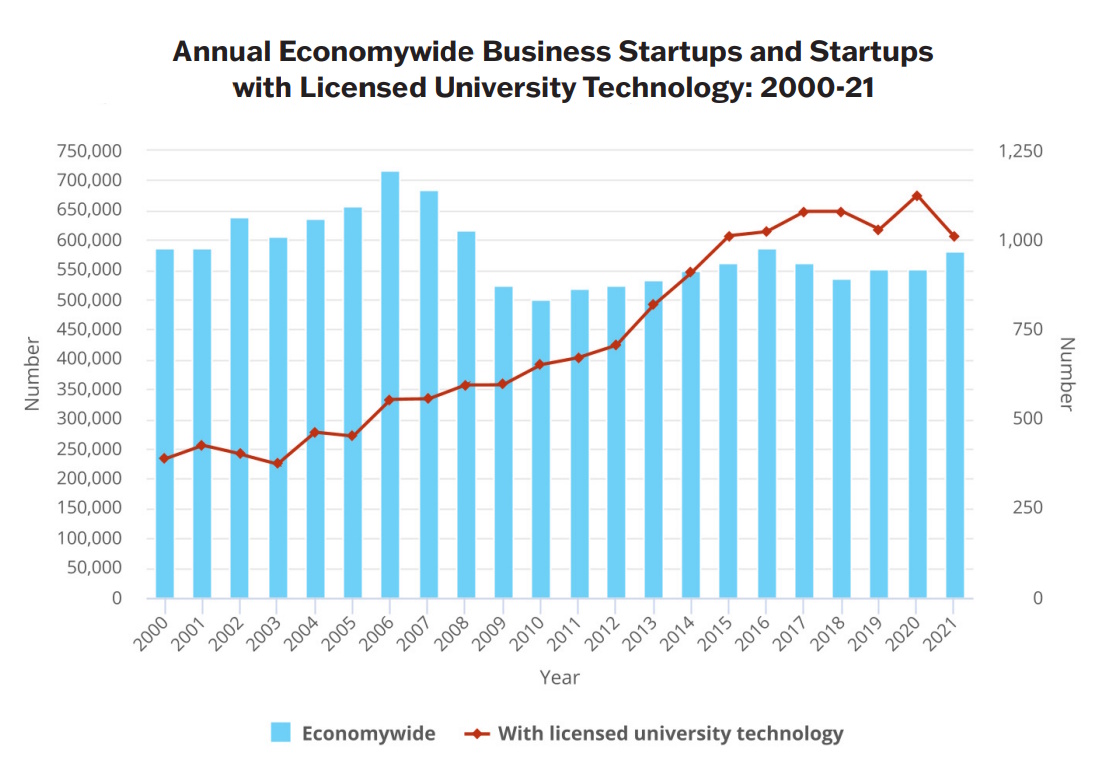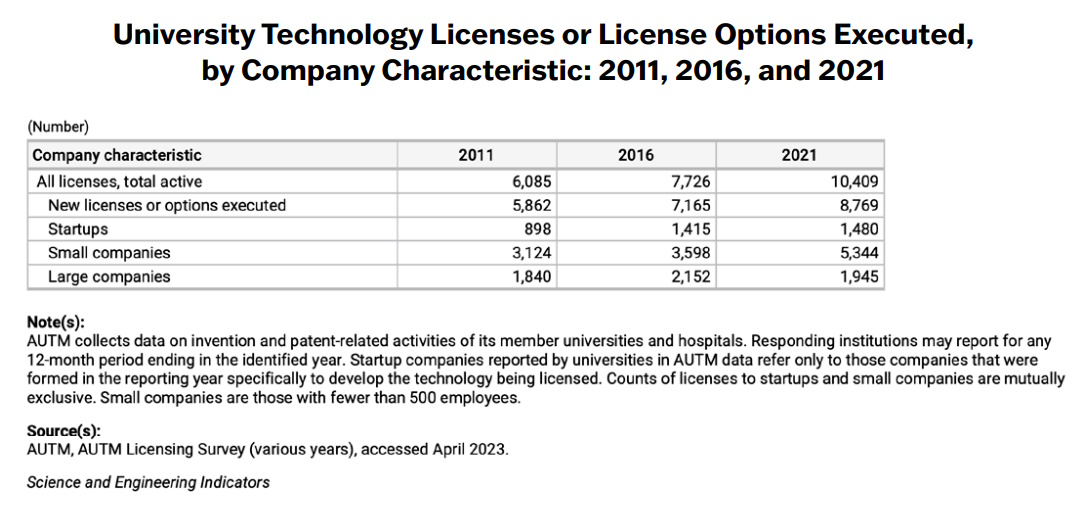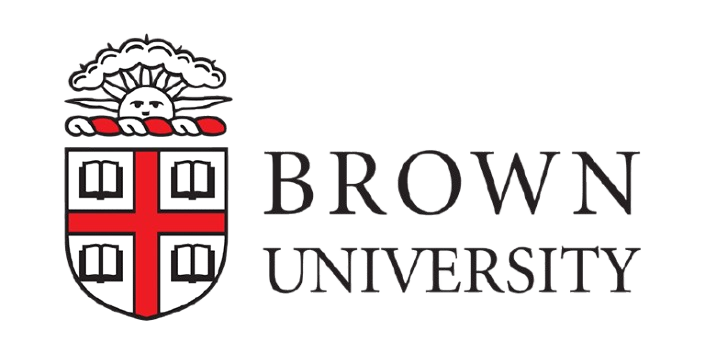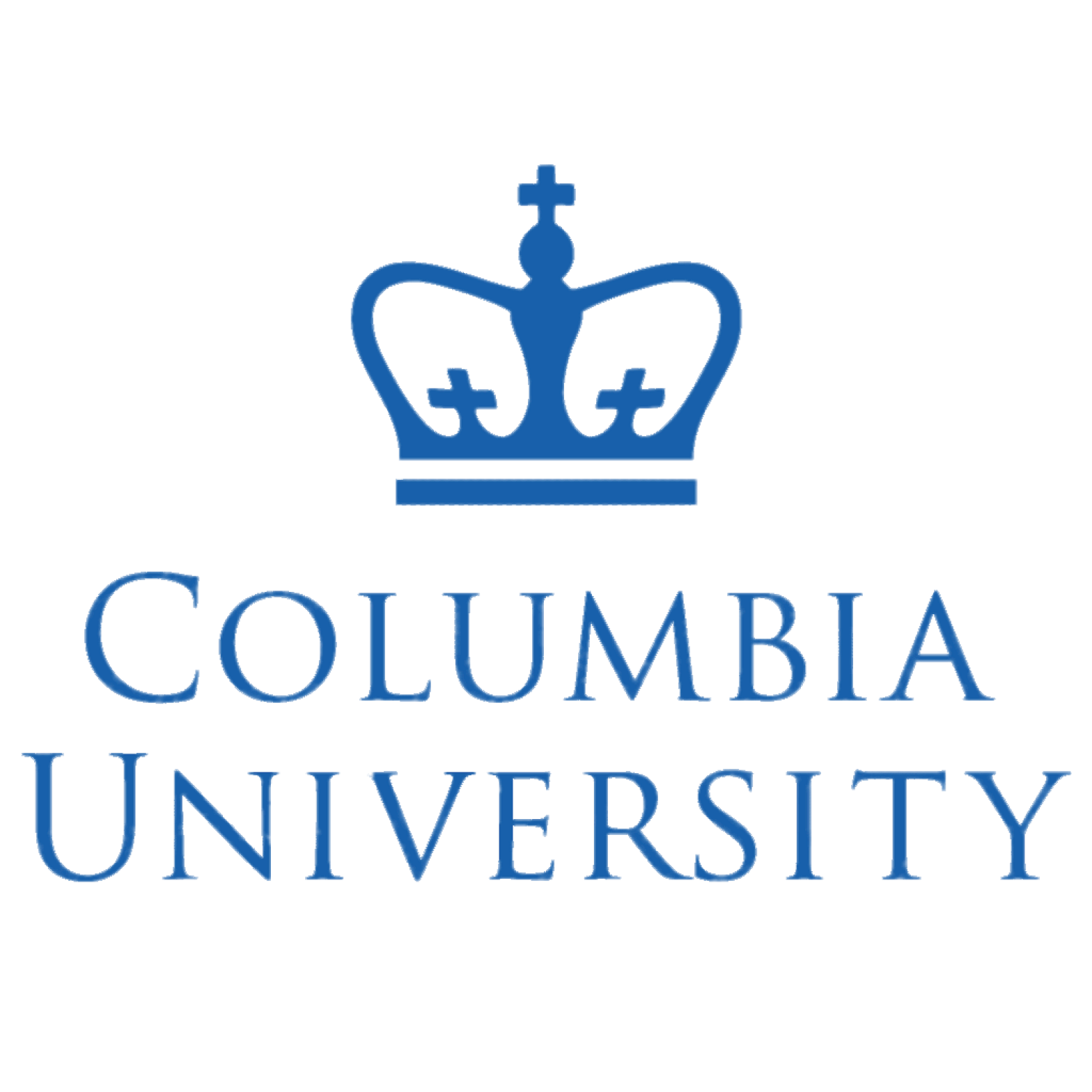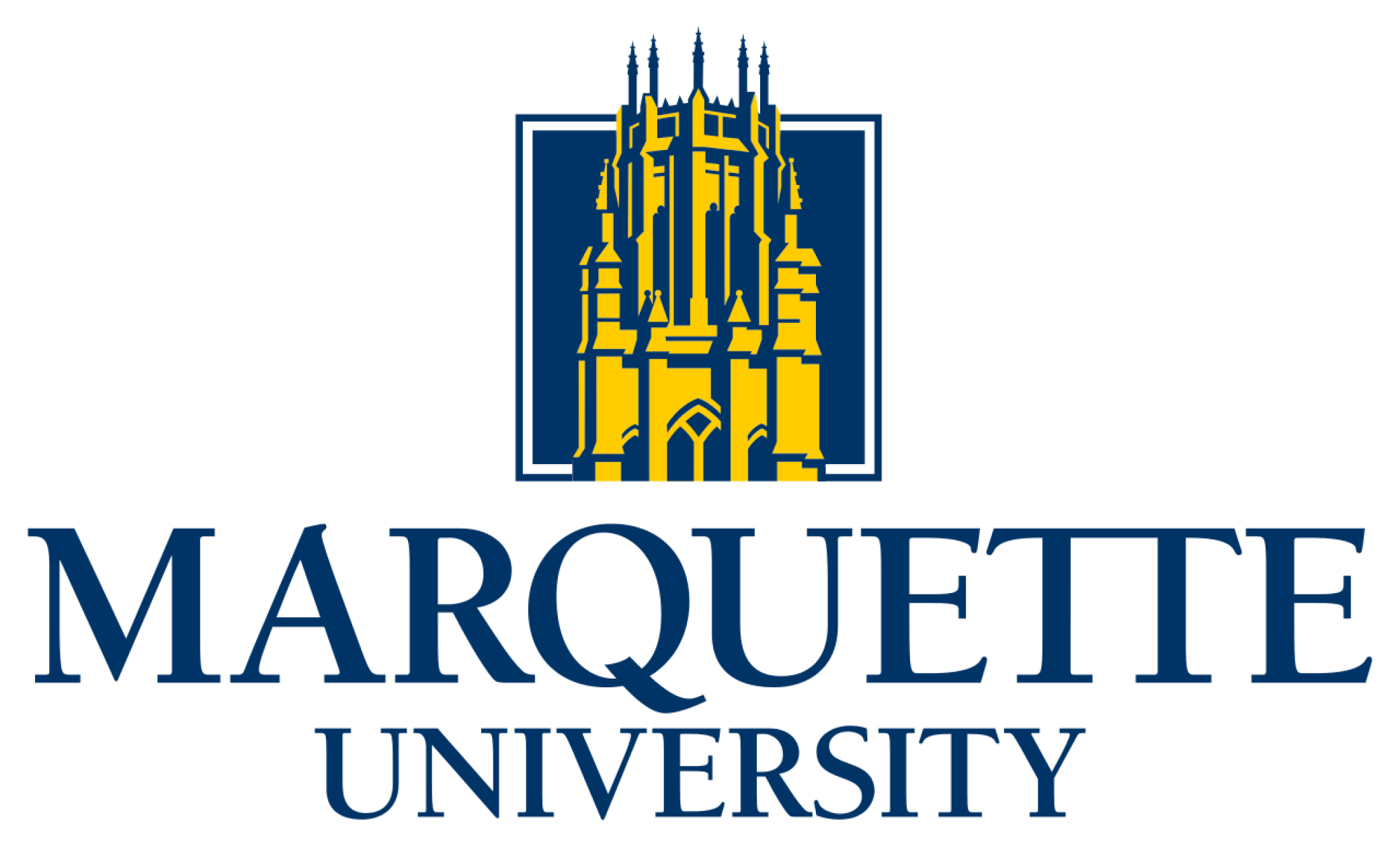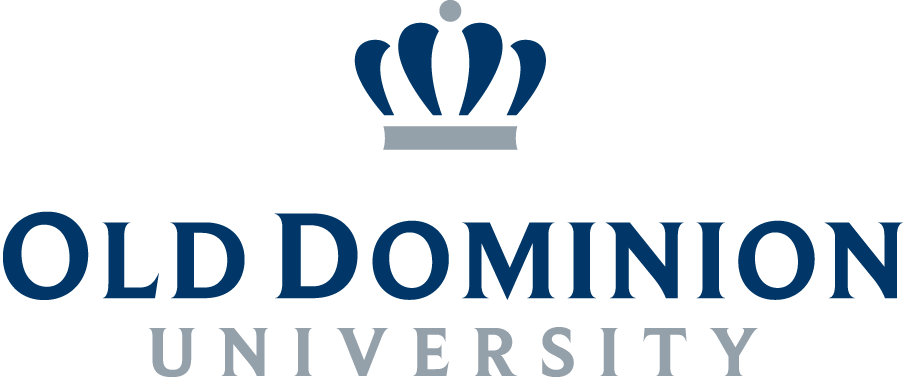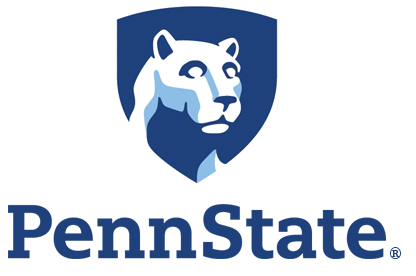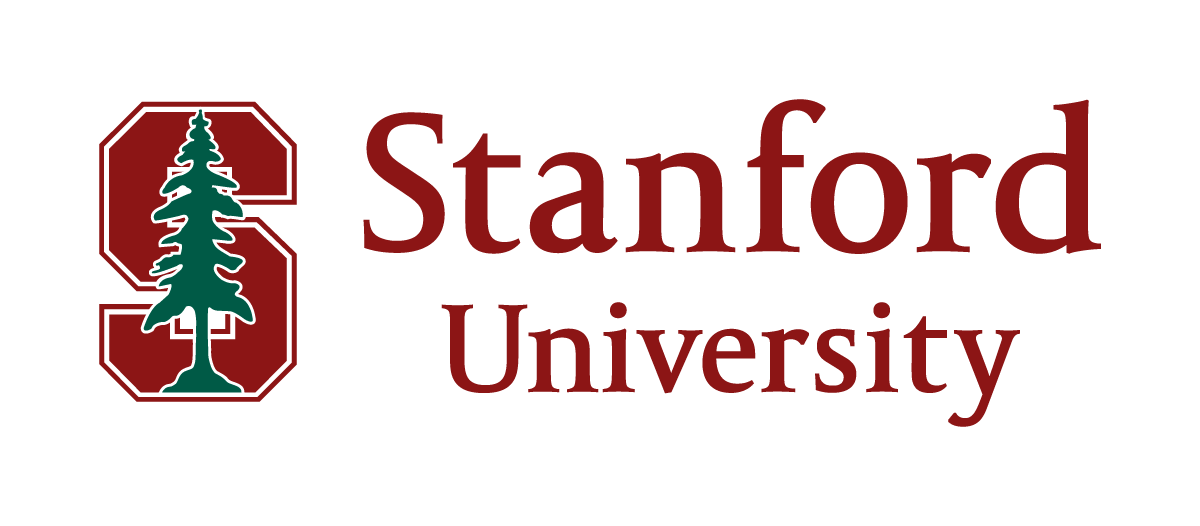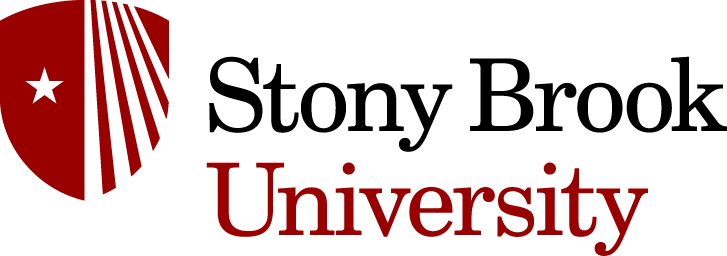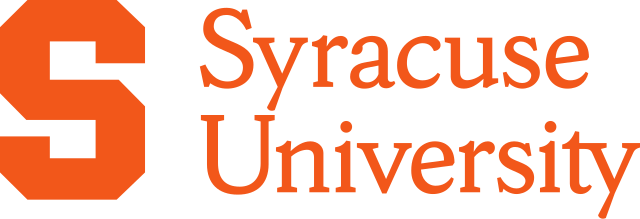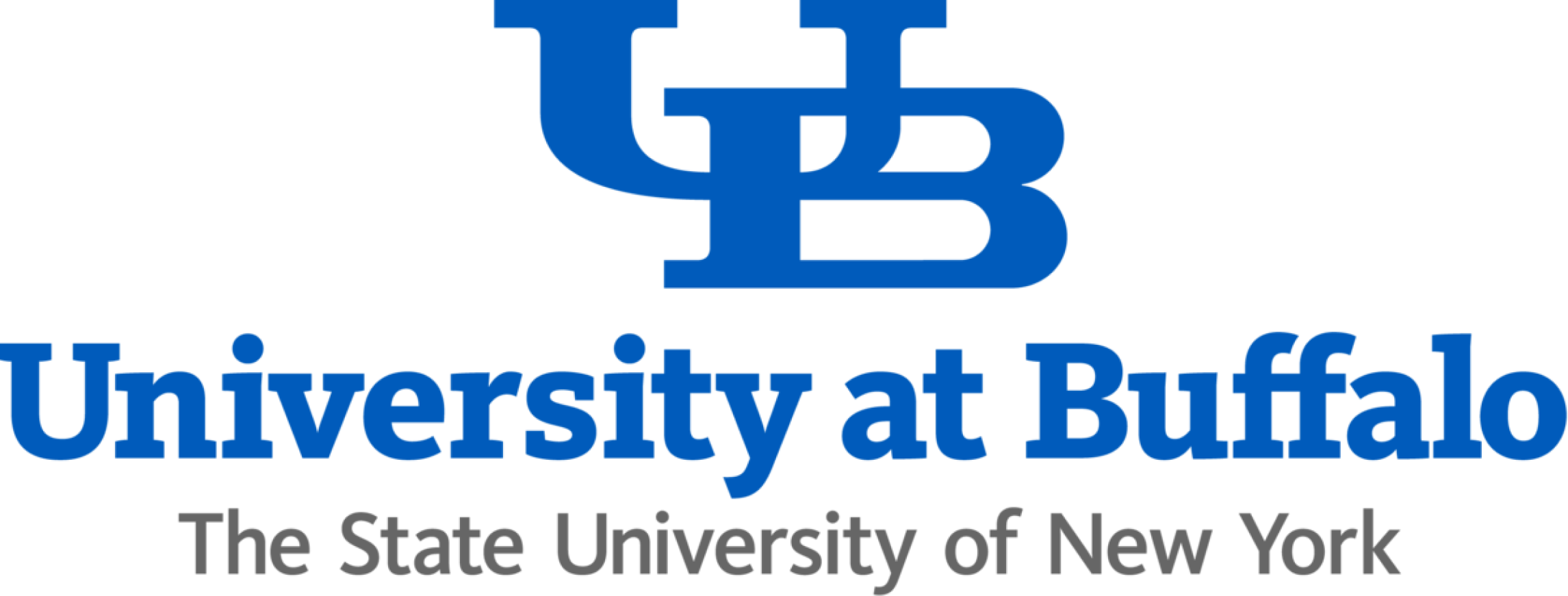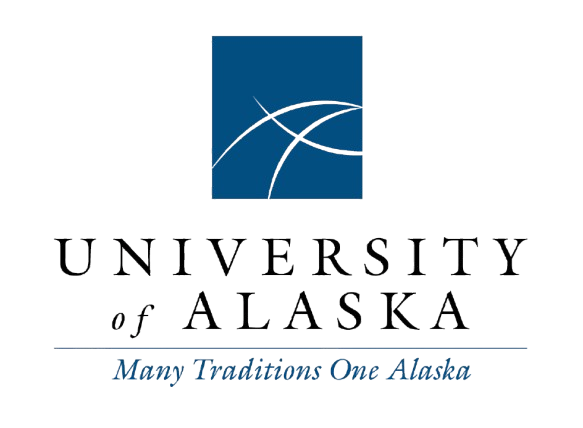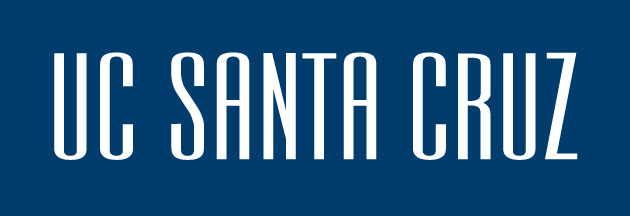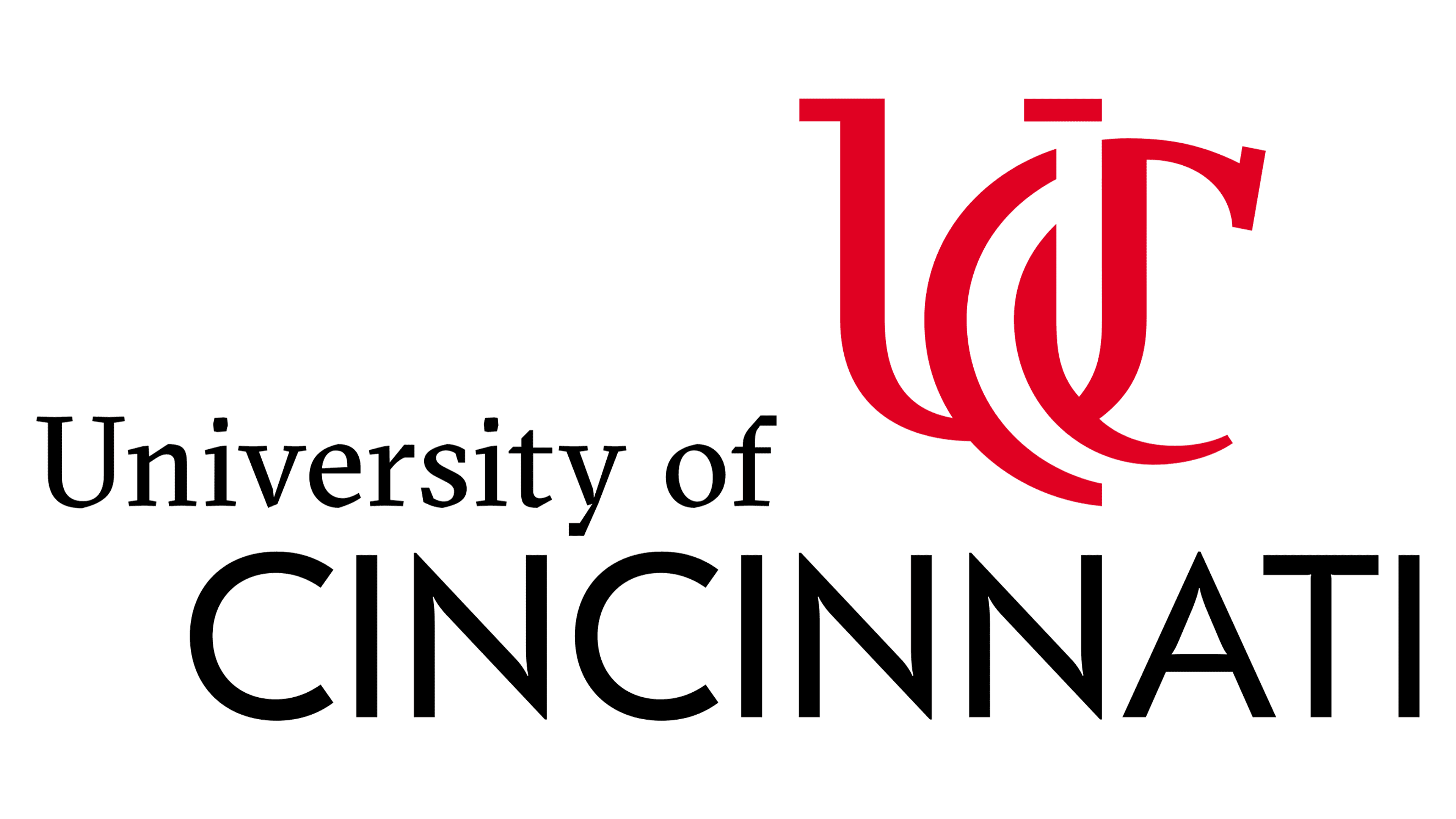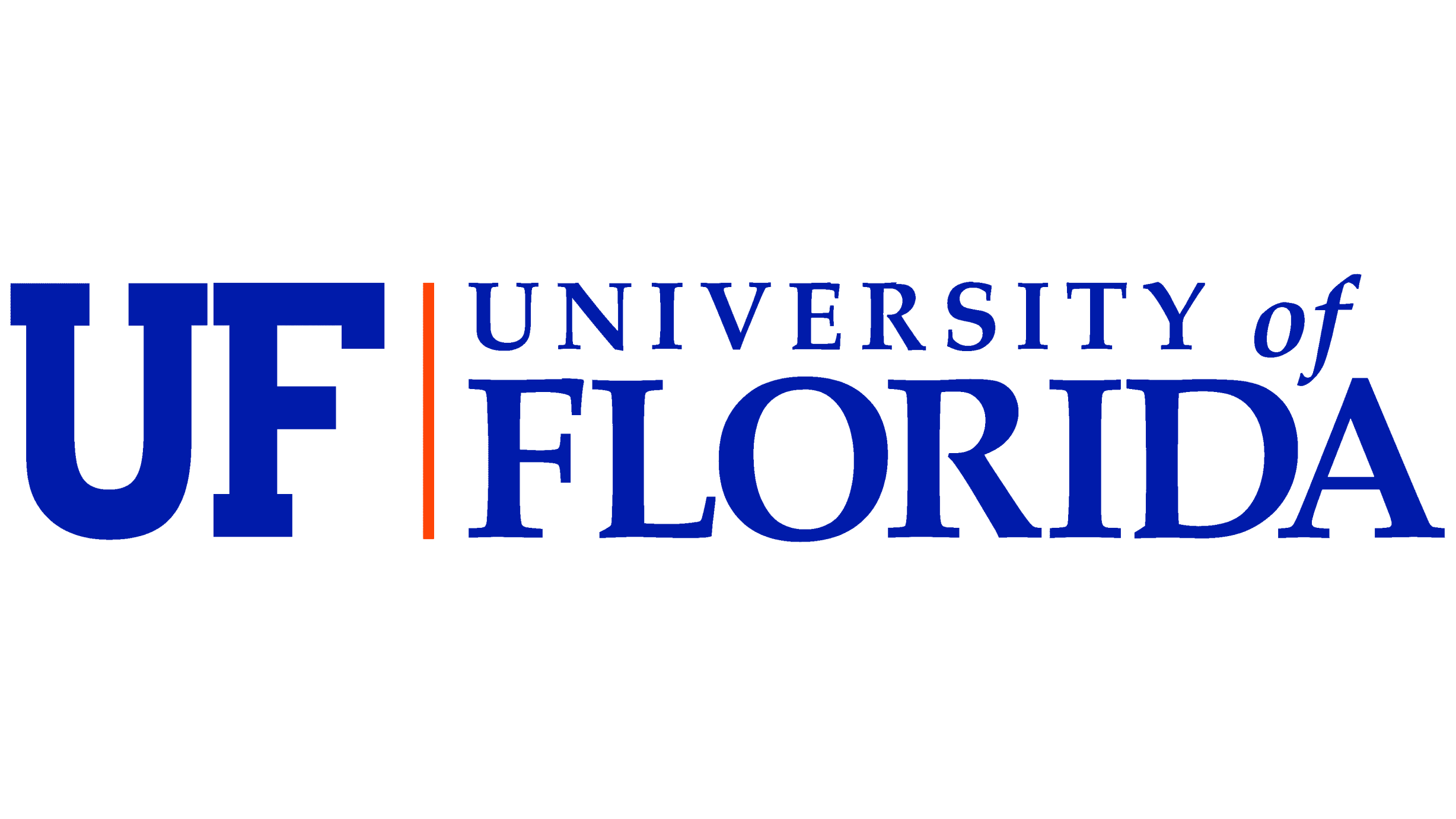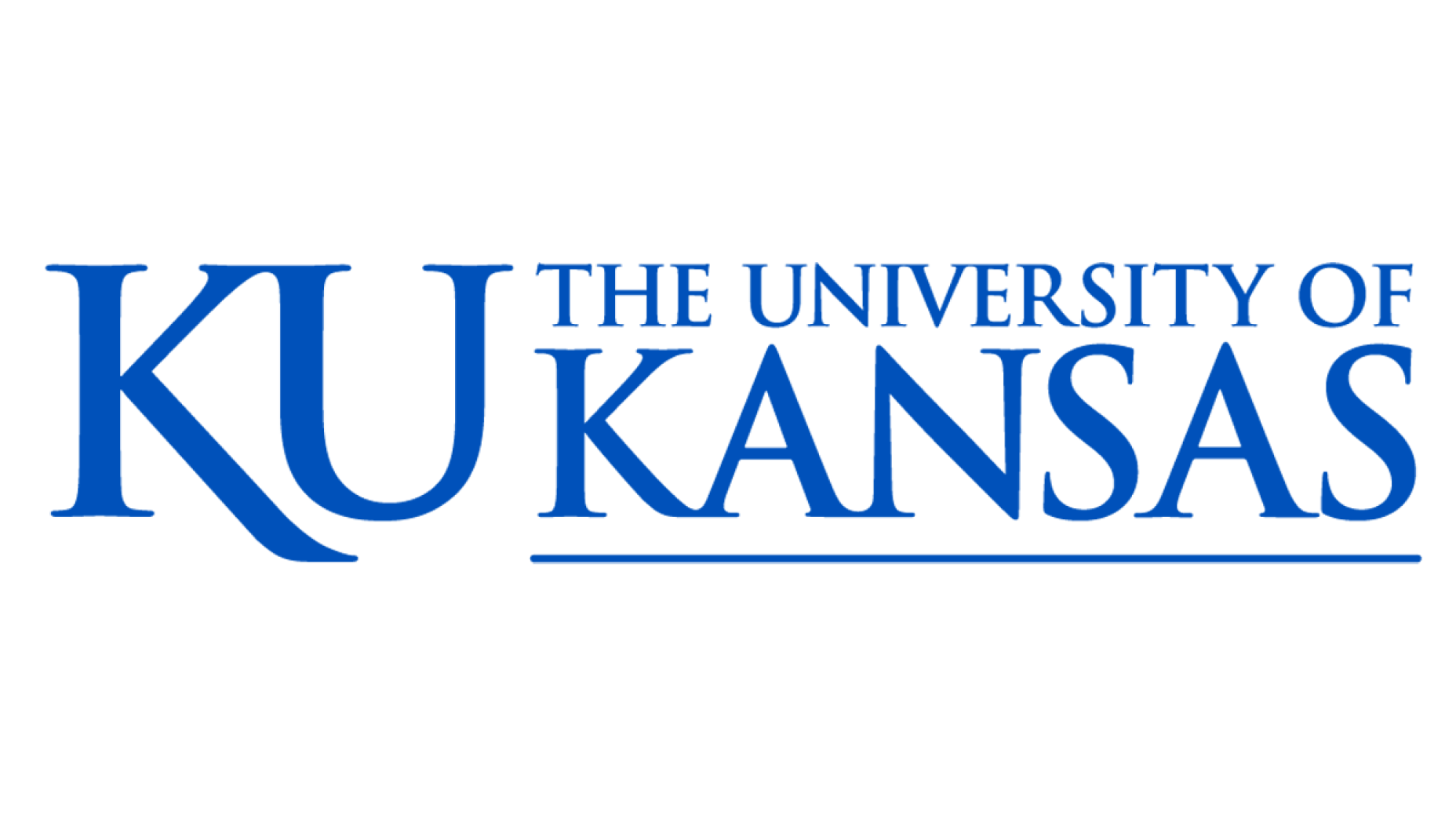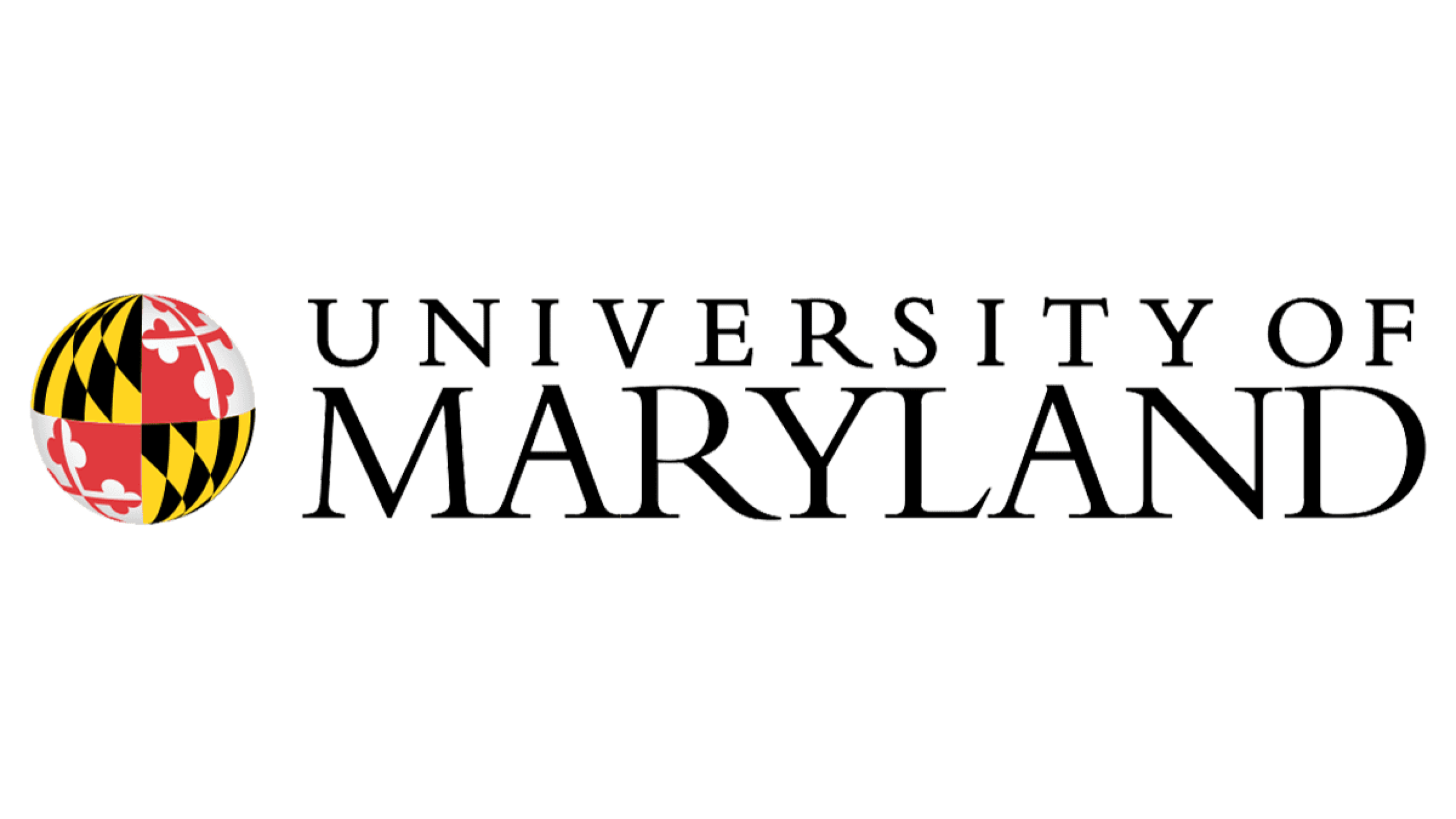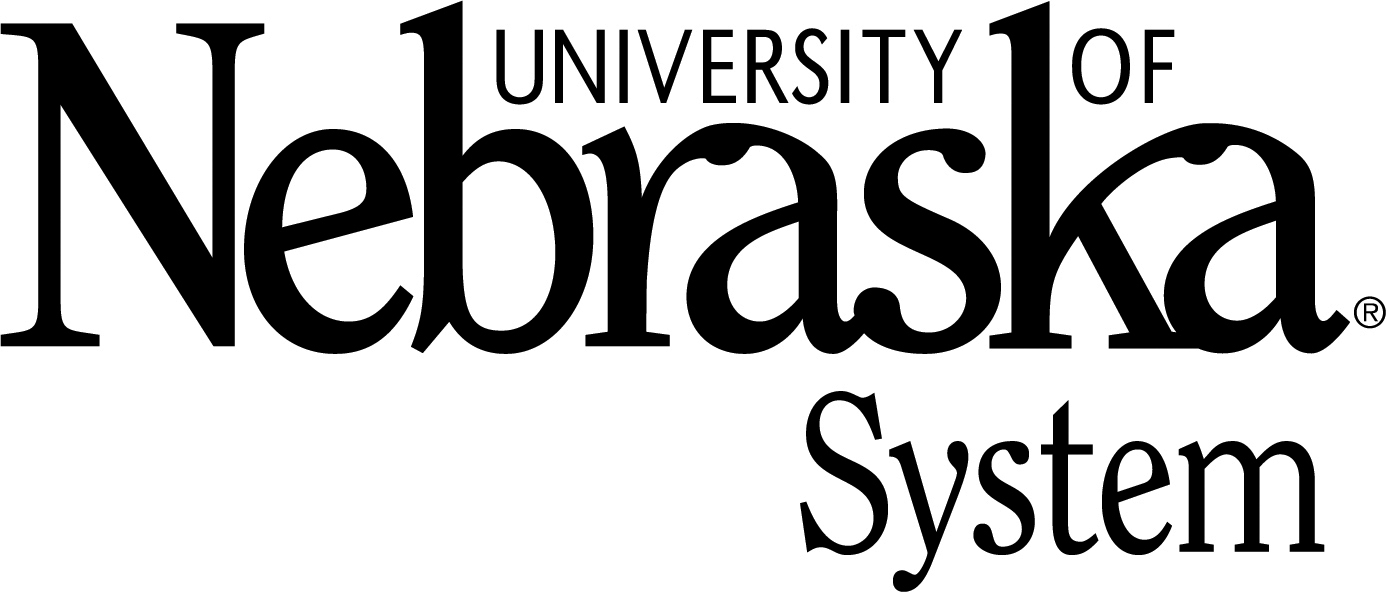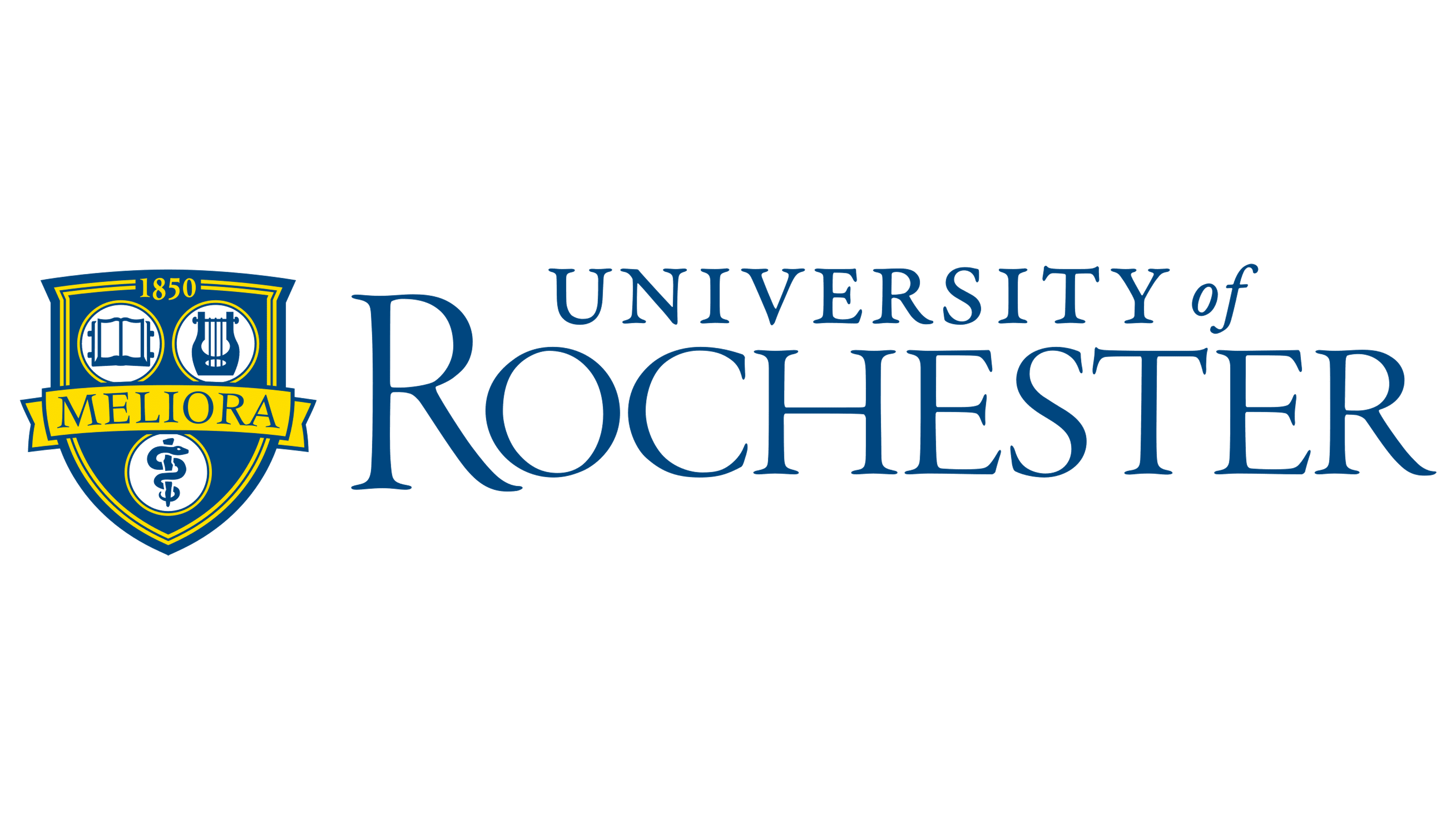The Science Coalition (TSC) is proud to celebrate our 30th year and the 5th anniversary of our “Sparking American Economic Growth” report during this critical juncture.
TSC is comprised of more than 50 of the nation’s leading public and private research universities. We’re dedicated to sustaining the federal government’s investment in fundamental scientific research to stimulate the economy, spur boundless innovation, and drive American competitiveness for generations to come.
Over the last 30 years, TSC has fortified our presence in Washington, where we’re known for our legacy Champions of Science Award, which is given yearly to members of Congress whose actions and votes consistently reflect their support for fundamental scientific research, and, more recently, our “Science of” event series, which demonstrates how federally funded scientific research permeates all industries, sectors, and aspects of our businesses, communities, and daily lives.
But most importantly, we’re known for our tireless advocacy to inform myriad stakeholders, including policymakers and the public, of the tremendous and enduring impact of scientific research on the American economy, our nation’s competitiveness, and on our broader society. Put simply, federally funded scientific research saves and improves lives, boosts the economy, and progresses humanity forward.
American higher education research institutions are second to none. Our nation’s universities are envied around the world for conducting cutting-edge research and creating educational opportunities. These institutions deliver critical scientific breakthroughs and discoveries that set the course for established industries, incubate competitive startups, found new companies, create well-paying jobs, and drive economic growth in communities nationwide. Science is at the core of American life and the American economy. Accordingly, TSC is proud to share this year’s “Sparking American Economic Growth” report, which provides a look back – and a look forward – to the significantly beneficial economic impacts of fundamental federally funded scientific research conducted by American colleges and universities.



